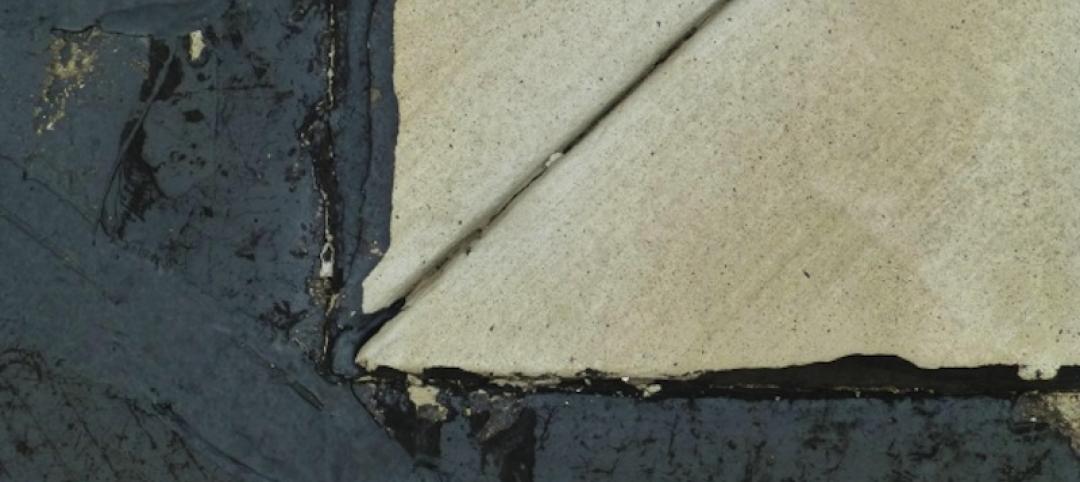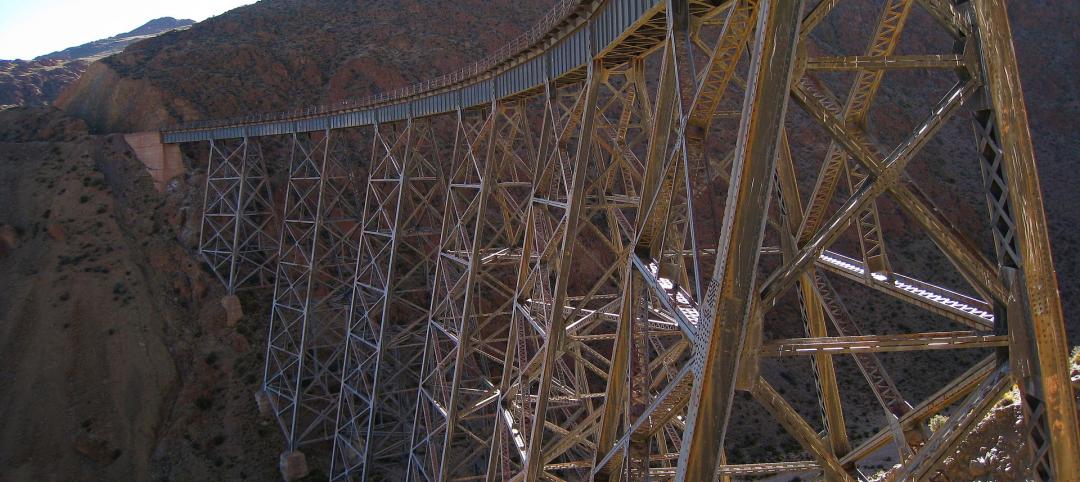Demountable structural steel assemblies would be a greener way to make use of steel in the construction industry than recycling, says University of New South Wales (UNSW) School of Civil and Environmental Engineering professor, Brian Uy.
Recycling steel reduces waste but consumes only marginally less energy than producing steel from scratch, Uy says. Large-scale demountable buildings are a feasible proposition, UY says. Taking steel used in existing buildings to reuse on new projects would avoid the need to smelt new steel.
Implementing re-used steel could be a game changer for the construction industry by reducing the environmental and cost impacts of using steel in new buildings, Uy contends. Structural steel is well suited to demountability, as it lends itself to common bolted construction methods. UNSW is working on the development of appropriate components and connections to make demountable structural steel a reality.
Codes and standards would need to recognize, characterize, and assess the reliability of the material being supplied from the reused stock. Some countries including Malaysia are taking steps toward this model, promoting Cradle to Cradle concepts for infrastructure. In the UK, the Sustainable Construction Panel of the Institution of Structural Engineers recently submitted a white paper to promote reuse in BREEAM, the UK green building scheme.
(http://www.architectureanddesign.com.au/news/demountable-steel-structures-the-future-of-the-con)
Related Stories
Sponsored | Walls and Partitions | Mar 25, 2015
Metl-Span systems meet design needs in cost effective manner
The goal from the beginning was to construct an energy efficient building with insulated metal panels.
Building Materials | Feb 19, 2015
Prices for construction materials fall in January, following plummet of oil prices
The decline in oil and petroleum prices finally showed up in the produce price index data, according to ABC Chief Economist Anirban Basu.
Codes and Standards | Feb 18, 2015
Buildings with rocking steel-braced frames are advantageous in earthquakes
Research at Case Western Reserve University has found that buildings that rock during an earthquake and return to plumb would withstand seismic shaking better than structural designs commonly used today in vulnerable zones of California and elsewhere.
Steel Buildings | Feb 10, 2015
Korean researchers discover 'super steel'
The new alloy makes steel as strong as titanium.
| Nov 7, 2014
Prefab helps Valparaiso student residence project meet an ambitious deadline
Few colleges or universities have embraced prefabrication more wholeheartedly than Valparaiso (Ind.) University. The Lutheran-based institution completed a $27 million residence hall this past summer in which the structural elements were all precast.
| Nov 3, 2014
AISC seeks entries for 2015 IDEAS2 Awards
These prestigious awards recognize outstanding achievement in engineering and architecture on structural steel projects across the country.
| Aug 13, 2014
Sixth Annual SteelDay Set for Sept. 19
Hosted by AISC and its members and partners, SteelDay offers free events throughout the country for AEC professionals, faculty and students and the public to see firsthand how the vibrant U.S. structural steel industry works to build our country's buildings and bridges.
| Jul 14, 2014
Foster + Partners unveils triple-glazed tower for RMK headquarters
The London-based firm unveiled plans for the Russian Copper Company's headquarters in Yekaterinburg.
| Jul 1, 2014
China's wild circular skyscraper opens in Guangzhou [slideshow]
The 33-story Guanghzou Circle takes the shape of a giant ribbon spool, with the floor space housed in a series of boxes suspended between two massive "wheels."
| Jun 18, 2014
Arup uses 3D printing to fabricate one-of-a-kind structural steel components
The firm's research shows that 3D printing has the potential to reduce costs, cut waste, and slash the carbon footprint of the construction sector.














